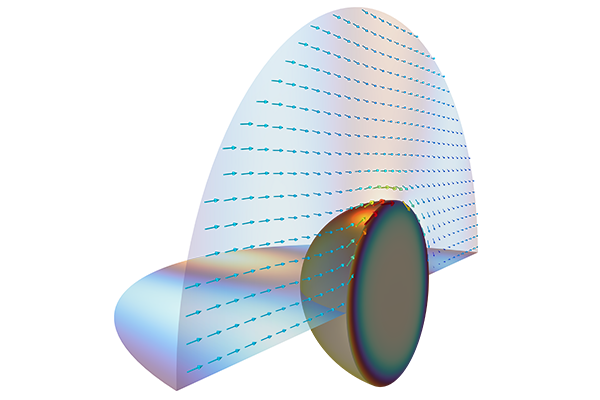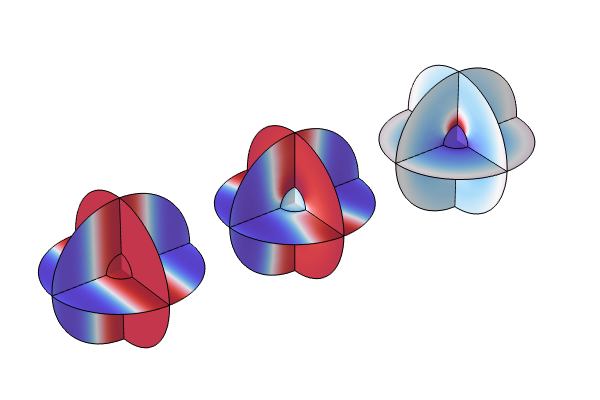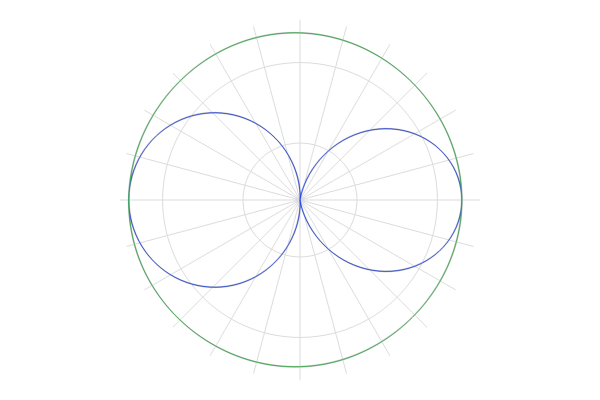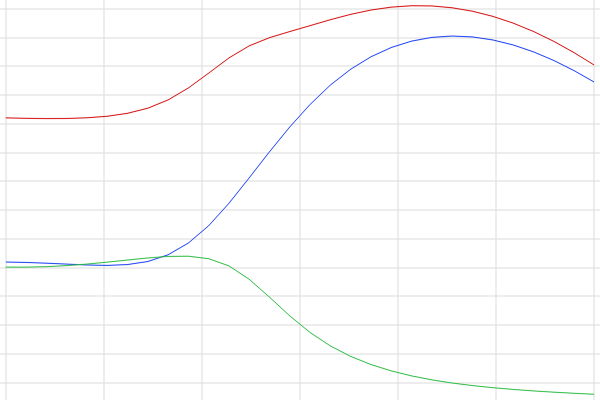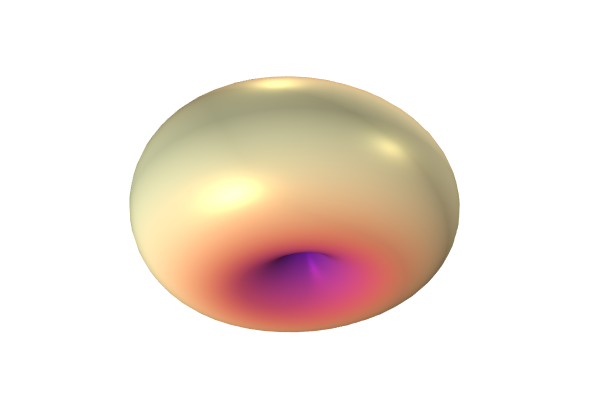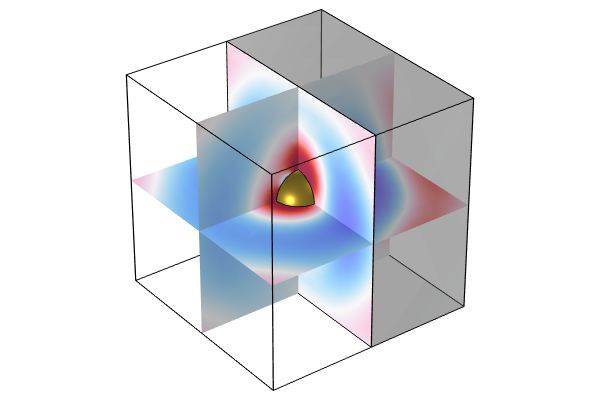Getting Started with Optical Scattering Modeling
This course is an introduction to modeling optical scattering using the COMSOL Multiphysics® simulation software and the add-on Wave Optics Module. In this course, you will be guided through the basics of setting up an optical scattering model step by step. From there, you will extend the model in several different ways by creating custom visualizations of the results, using modeling strategies and features to efficiently set up and compute the model, and evaluating various quantities relevant to optical scattering applications.
Key steps in each of these processes are highlighted under the respective demonstrations contained in each part of the course, along with some theoretical background.
 The setup for the model of a gold nanosphere in the COMSOL Multiphysics user interface.
The setup for the model of a gold nanosphere in the COMSOL Multiphysics user interface.
The tutorial model used as an example throughout the course: the optical scattering of a gold nanosphere.
An overview of what is covered throughout the course is as follows:
Part 1: Setting Up an Optical Scattering Model
- Setting up a model
- Scattered-field formulation, background field, and absorbing boundary condition settings
Part 2: Far-Field Analysis
- Defining the far-field domain and far-field calculation
- Plotting the far field
Part 3: Cross-Section Analysis
- Calculate the scattering and absorption cross sections of a scatterer
Part 4: Using Symmetry to Improve Simulation Time
- Using symmetry to reduce the size of an optical scattering model
Part 5: Adding a Substrate
- Setting up a more complex background geometry and calculating the corresponding field
Upon completing the course, you will have a thorough understanding of the workflow for modeling optical scattering using the software as well as various specialized physics features available.
Submit feedback about this page or contact support here.

